Step 1 How to make a wordpress website
What do I need to get started with WordPress?
To build a website effectively, it’s crucial to understand the foundational steps. If you’re interested in creating a website or looking to build a website from scratch, start by identifying your website needs. Step 1 is acquiring a domain name that represents your brand or business website. Next, select web hosting that is optimized for WordPress and provides the fastest WordPress hosting. After securing your domain and hosting, you’ll need to perform a WordPress installation, which will set the foundation for your website with WordPress.
Once your setup is complete, follow Step 2 by choosing a WordPress theme that aligns with your vision. Step 3 involves installing essential WordPress plugins for functionality, and Step 4 requires you to start adding content for your website. If you’re planning an ecommerce website, make sure to include plugins that facilitate online sales. In Step 5, you can begin customizing your site’s design by adjusting fonts, colors, and layouts. As you progress through Step 6, ensure your site is optimized for performance and search engines, while Step 7 focuses on integrating analytics to monitor your traffic.
As you move forward in building a WordPress website, remember that tutorials can be invaluable resources. WordPress is one of the most user-friendly platforms for designing websites, even if you’re new to coding. When you’re ready to make your site live, ensure you’ve completed all steps to provide a seamless experience for users. After you’ve launched your website’s name, continue to optimize and update your content to keep your audience engaged.
How to choose a domain name for my new website?
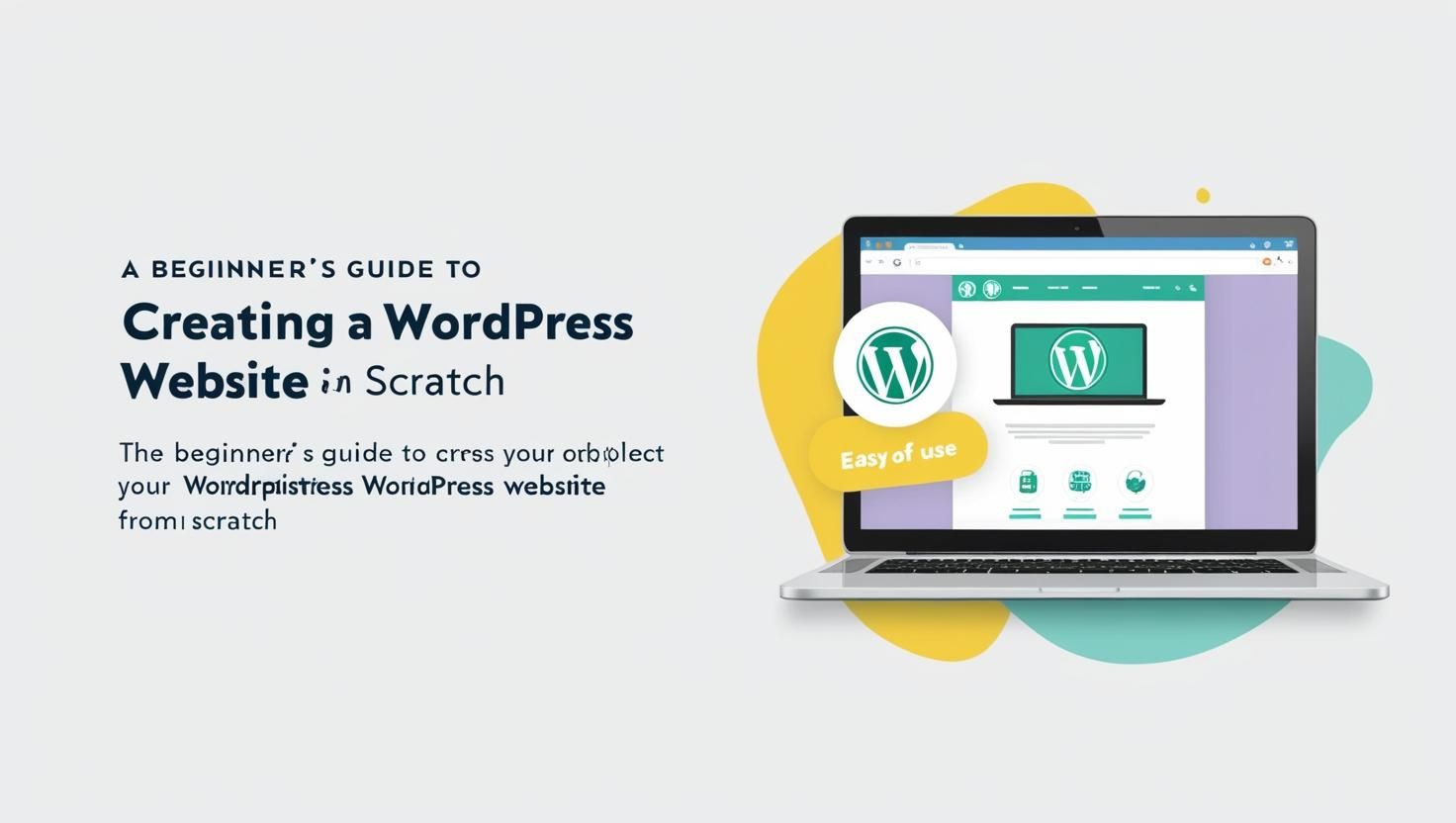
When embarking on website building, the first critical task is to choose the perfect domain name for your new site. If you’re launching a basic website using WordPress, consider using a template that aligns with your chosen niche. This choice will enhance your site’s optimization and functionality. Make sure the domain reflects the site title and tagline you intend to use. In this process, you’ll need to create a sitemap to visualize how you want to structure your content and the next steps in your website creation journey.
It’s a good idea to find the one domain that represents your brand effectively. Here are some guidelines to help you:
- Keep it short and easy to remember
- Use keywords relevant to your website’s topic
- Avoid hyphens and numbers
- Choose a .com domain extension if possible
- Check for availability
Lastly, ensure that your domain name will work seamlessly with WordPress on your hosting service. Using an SEO plugin like Yoast can further assist with optimization once you’ve selected your domain. With everything you need at your fingertips, you can confidently proceed with your website creation using WooCommerce or other themes and plugins to enhance your site in one go.
Which hosting provider should I pick for my WordPress site?
When deciding which hosting provider to choose for your WordPress site, it’s crucial to find one that makes it easy to create a WordPress site. You should also see how well they support search engine optimization and inbound marketing. Reliable hosting is essential for small business owners looking to establish their online presence. There’s only one place to start your journey: choosing a provider that allows you to create a site efficiently with pre-built page templates and no complicated coding skills required.
Look for a provider that offers a free domain and provides sufficient storage and bandwidth. It’s also vital to ensure they have a solid reputation for good uptime and customer support. Lastly, prioritize security features and affordable pricing, as these elements are fundamental to optimizing your content and keeping your site secure.
In the previous step, you need to understand the various types of websites you can build. Following the step 8 prompt, be sure to consider the ease of installing and configuring WordPress. With the right hosting provider, you’ll have everything you need to get started and succeed.
Step 2 Steps to Install WordPress

How to install WordPress on my hosting account?
To install WordPress on your hosting account, first, access your control panel and locate the option for creating a new site. WordPress is one of the most popular content management systems, known for its user-friendly interface and customizable design elements.
Next, select the WordPress installer, which will guide you through the process. Ensure you choose the correct domain and set up your top-level directory. Many hosting services like Bluehost or SiteGround offer one-click installations for convenience.
What is the WordPress dashboard and how do I access it?

The WordPress dashboard is the central hub for managing your website, allowing you to create posts, customize settings, and install plugins. To access it, simply navigate to your website’s URL followed by /wp-admin and log in with your credentials. This interface is built using HTML and CSS for structure and styling.
How do I choose between WordPress.com and self-hosted WordPress?
When deciding between WordPress.com and self-hosted WordPress, consider your needs and technical expertise. WordPress.com offers a user-friendly platform with hosting included, making it ideal for beginners or those who prefer a hassle-free experience. However, it has limitations on customization and monetization.
On the other hand, self-hosted WordPress provides complete control over your website, allowing for extensive customization and the ability to install plugins. This option is better suited for users with some technical knowledge who want to create a unique online presence.
Ultimately, your choice should align with your goals, budget, and willingness to manage hosting and maintenance.
Step 3 Choosing the Right WordPress Theme
How do I select a popular WordPress theme for my website?
When selecting a popular WordPress theme for your website, begin by choosing a theme that fits your website’s purpose. This ensures that the design and functionality align with your content and goals.
Next, look for a clean and modern design that enhances user experience and keeps visitors engaged. A visually appealing layout can significantly impact your site’s performance.
Additionally, check reviews and ratings from other users to gauge the theme’s reliability and support. Ensure that the theme is compatible with the latest WordPress version to avoid potential issues.
Finally, consider the customization options available, as flexibility allows you to tailor the theme to your specific needs.
What features should my WordPress theme include?
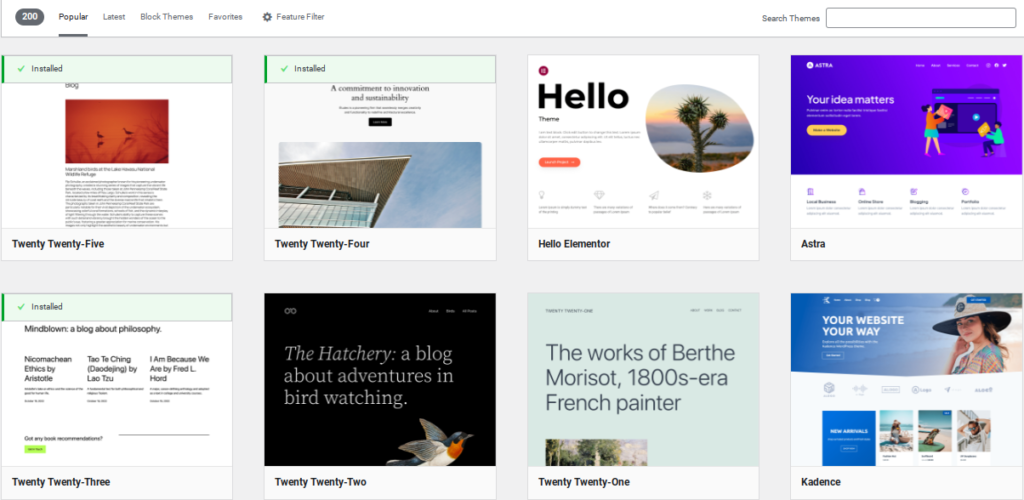
When selecting a WordPress theme, it is essential to consider several key features. First, ensure the theme has a responsive design to provide an optimal viewing experience across various devices. Additionally, SEO optimization is crucial for improving your site’s visibility in search engines.
Another important aspect is fast loading speed, as this can significantly impact user experience and retention. Look for themes that offer easy customization options to tailor the design to your brand without extensive coding knowledge.
Regular updates are vital for security and compatibility, so choose a theme that is consistently maintained. Lastly, reliable customer support can make a significant difference in resolving any issues that may arise during your website’s development and maintenance.
How to customize my WordPress theme for better website design?
To enhance your website design, start by utilizing the WordPress Customizer, which allows you to make real-time changes to your theme’s appearance. Next, consider installing a child theme to ensure that your customizations are preserved during theme updates. For those with advanced skills, editing CSS and PHP files can provide deeper customization options. Alternatively, you can use page builders for a more intuitive design experience, enabling you to create layouts without coding. If you’re looking for a polished result, employing a professional web designer can help bring your vision to life.
Step 4 Essential WordPress Plugins to Install
What are the must-have WordPress plugins for beginners?
For beginners setting up a WordPress site, several must-have plugins can enhance functionality and user experience. First, consider installing Yoast SEO to optimize your content for search engines, making it easier for users to find your site. Additionally, Wordfence Security provides essential protection against cyber threats, ensuring your site remains safe.
Another important plugin is Contact Form 7, which allows you to create customizable contact forms effortlessly. Lastly, WooCommerce is essential for those looking to set up an online store, providing all the tools needed for e-commerce.
How do I install and activate plugins on WordPress?
To install and activate plugins on WordPress, first, log in to your dashboard. Navigate to the Plugins section and click on Add New.
Search for the desired plugin, then click Install Now. Once installed, click Activate to enable the plugin on your site.
Step 5 Creating Content for Your WordPress Website
How to write and publish posts in WordPress?
To write a post in WordPress, log in to your dashboard and navigate to the Posts section. Click on Add New to open the editor. Here, you can enter your title and content, utilizing various formatting options available in the toolbar.
Once your post is ready, you can add categories and tags to organize your content. Preview your post to ensure it appears as intended. When satisfied, click the Publish button to make it live on your site.
What are the best practices for optimizing content for search engines?
To optimize content for search engines, it is essential to conduct thorough keyword research to identify relevant terms that your audience is searching for. Incorporating these keywords naturally throughout your content, including in headings and meta descriptions, can enhance visibility. Additionally, ensuring that your content is high-quality and provides value to readers is crucial, as search engines prioritize user experience. Lastly, optimizing for mobile devices and improving page load speed can significantly impact your search rankings.
How to set up navigation menus for easy site access?
To set up navigation menus for easy site access, begin by organizing your content into clear categories. This helps users find what they need quickly. Next, utilize drop-down menus for subcategories, ensuring a clean layout without overwhelming visitors. Additionally, consider implementing a search bar for direct access to specific content. Finally, regularly review and update your menus based on user feedback and analytics to enhance overall usability.
Step 6 Designing Your WordPress Website
How do I create pages and posts for my new website?
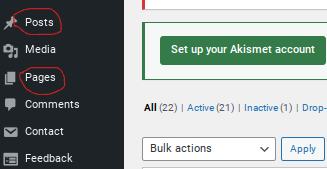
To create pages and posts for your new website, begin by accessing your website’s content management system (CMS). Navigate to the dashboard and look for the options labeled “Pages” and “Posts.” Click on “Add New” to start creating content.
In the editor, you can enter a title and add your content using text, images, and other media. Make sure to format your text appropriately and use categories and tags for better organization.
Once you are satisfied with your content, preview it to ensure everything looks good, then click Publish to make it live on your website.
What tools can I use to enhance my website looks?
To enhance your website’s appearance, consider using CSS frameworks like Bootstrap or Tailwind CSS for responsive design. Incorporate web design tools such as Adobe XD or Figma for creating visually appealing layouts. Utilize image optimization tools like TinyPNG to ensure fast loading times. Additionally, explore website builders like Wix or Squarespace for user-friendly design options.
How to ensure my website is mobile-friendly?
To ensure your website is mobile-friendly, start by using a responsive design that adapts to various screen sizes. Implement fast loading times by optimizing images and minimizing code. Test your site on multiple devices to check for usability and navigation issues. Utilize Google’s Mobile-Friendly Test tool to identify areas for improvement and ensure your site meets mobile optimization standards.
Step 7 Launching Your WordPress Website
What steps do I need to take before launching my website?
Before launching your website, ensure you have a clear domain name and reliable hosting service. Conduct thorough testing for functionality, usability, and compatibility across different devices and browsers. Optimize your website for SEO to improve visibility in search engines. Ensure all content is proofread and accurate. Finally, set up analytics tools to monitor traffic and performance post-launch, and prepare a marketing strategy to attract visitors.
How can I promote my new website once it’s launched?
To effectively promote your new website, start by leveraging social media platforms to reach a broader audience. Share engaging content and updates regularly. Additionally, consider using search engine optimization (SEO) techniques to improve your site’s visibility on search engines. Collaborate with influencers or industry experts to gain credibility and attract more visitors. Lastly, utilize email marketing to inform your existing contacts about your new website and its offerings.
What are the common mistakes to avoid after launching?
After launching a product, it’s crucial to avoid common mistakes that can hinder success. One major error is neglecting customer feedback, which can provide valuable insights for improvement. Additionally, failing to implement a robust marketing strategy can lead to poor visibility and engagement. Another pitfall is ignoring data analytics, which are essential for understanding user behavior and optimizing performance. Lastly, overlooking customer support can damage brand reputation and customer loyalty.


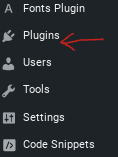
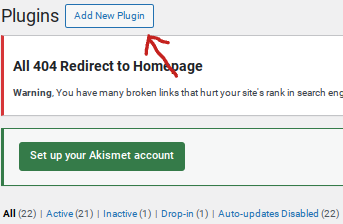
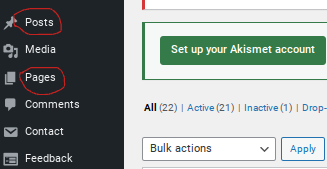
Серверы HP для стартапов и небольших компаний
купить сервер hp proliant [url=kupit-server-hp.ru]kupit-server-hp.ru[/url] .
IriX jaUHBVCW sxpvnQj xkAcRXe rIX OdjiiCt YIQ